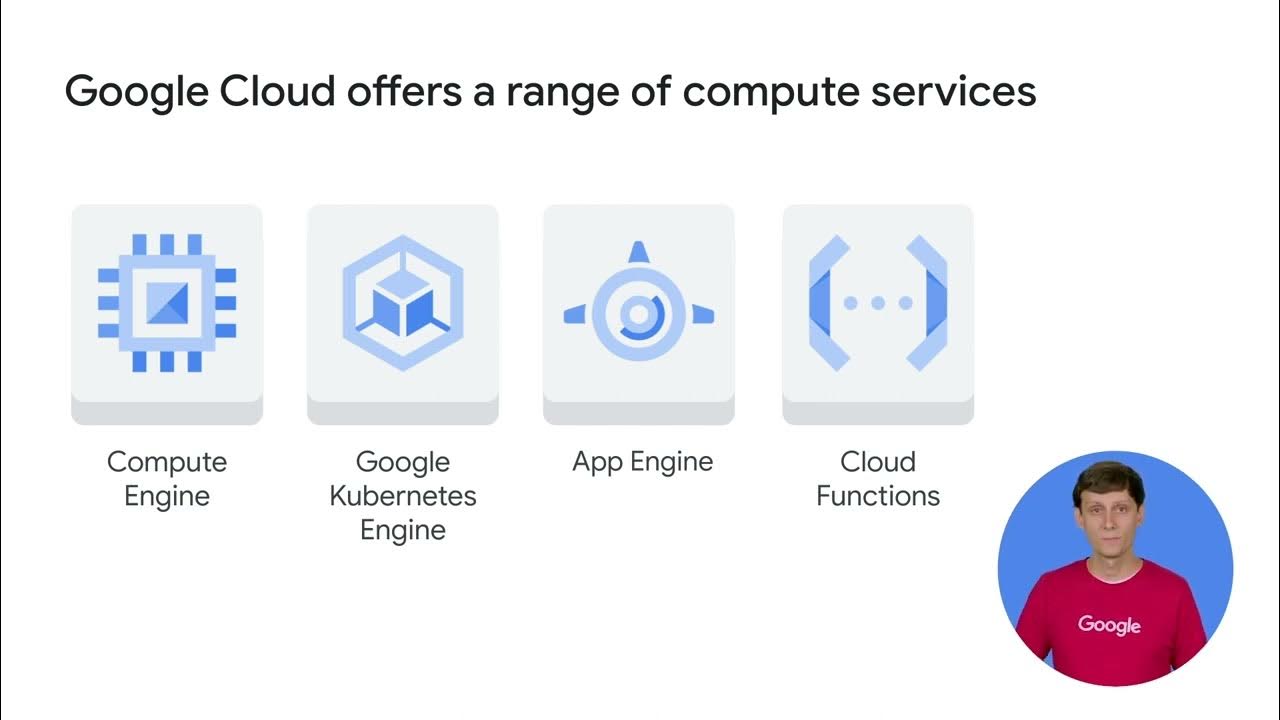Sreeram Kannan - Introducing Programmable Trust + EigenLayer Roadmap
Summary
TLDRRahul outlines his vision to build Ion Layer as a coordination engine enabling open innovation on Ethereum. He explains how Ion Layer allows permissionless programmable staking, allowing anyone to build new services like rollups, co-processors, and cryptographic methods that reuse Ethereum's security. This creates positive-sum games via innovation and coordination. Rahul argues Ion Layer's shared security model is superior and mutually beneficial. He then overviews the launch roadmap - staking is live, the full ecosystem with services but no payments/slashing will launch next, and finally payments and slashing will be added.
Takeaways
- 😊 Ianler enables permissionless programmable staking on top of Ethereum, allowing anyone to build new middleware services
- 👍 Ianler brings together stakers and operators to provide shared security across services, which is strictly better than segregated security
- 💡 Ianler serves as a coordination layer for open innovation, upon which many emergent services like rollups, co-processors, new cryptography methods etc. can be built
- 🌟 Services built on Ianler, like the data availability service Iganda, are akin to SAS services in web2, which can be combined to build end-user applications
- 😎 There are economies of scale in Ianler - applications using multiple services needn't buy separate insurance for each
- 🔒 Ianler provides elastic scaling of security via a pooled amount, allowing services to draw varying security needs over time
- ❤️ In upcoming versions, Ianler will support attributable security via pre-purchasable insurance, in addition to pooled security
- 🚀 The Ianler launch is divided into 3 stages - staking (live), full ecosystem without payments, and finally payments & slashing
- ✅ A testnet covering the full Ianler ecosystem except payments will launch soon, targeting mainnet next quarter
- 🎉 There is tremendous excitement over emergent use cases like rollups, co-processors, cryptography methods that Ianler enables
Q & A
What is the subtitle of the talk about the coordination engine for open innovation referring to?
-The subtitle refers to Ian layer acting as a coordination layer that enables open innovation of new digital platforms and services, similar to how governments act as a coordination layer on top of which free market economies can thrive.
What are the two main types of positive sum games?
-The two main types of positive sum games are innovation and coordination. Innovation involves creating value out of something that had little or no value before. Coordination involves multiple parties working together to create something greater than what they could create individually.
How does reaking on Ian layer allow for permissionless programmable staking?
-Reaking involves staking your ETH and making additional promises or taking on additional conditions beyond just running the Ethereum protocol correctly. This allows anyone to build middleware services on top of IG layer that make use of the staked ETH, enabling permissionless innovation.
What are some examples of rollup services that can be built on IG layer?
-Some examples of rollup services that can be built on IG layer include decentralized sequencing infrastructure, faster bridges between rollups and Ethereum, mempool services to handle transaction load, and watchtower services to monitor rollups for faults or fraud.
What does IG layer allow in terms of co-processors?
-IG layer allows co-processors that can run computations like AI or database queries off-chain, with the inputs and outputs brought back to Ethereum. This greatly expands what can be built on Ethereum.
How does shared security provide better security than segregated security?
-With shared security across services on IG layer, an attacker would need to acquire enough capital to attack the entire pooled validator set to compromise any one service. This raises the security bar compared to attacking services individually.
Outlines

Этот раздел доступен только подписчикам платных тарифов. Пожалуйста, перейдите на платный тариф для доступа.
Перейти на платный тарифMindmap

Этот раздел доступен только подписчикам платных тарифов. Пожалуйста, перейдите на платный тариф для доступа.
Перейти на платный тарифKeywords

Этот раздел доступен только подписчикам платных тарифов. Пожалуйста, перейдите на платный тариф для доступа.
Перейти на платный тарифHighlights

Этот раздел доступен только подписчикам платных тарифов. Пожалуйста, перейдите на платный тариф для доступа.
Перейти на платный тарифTranscripts

Этот раздел доступен только подписчикам платных тарифов. Пожалуйста, перейдите на платный тариф для доступа.
Перейти на платный тарифПосмотреть больше похожих видео

Webinar: Design Thinking for Product Development by Amazon Sr PM, Rahul Dua

Course Introduction

Is the Ethereum Roadmap Off Track?

How We Did It: The First ZK Proof on Bitcoin - Edan Yago & Gadi Guy at Bitcoin Nashville #Bitcoin

Vitalik Buterin - What Excites Me About the Next Decade - TOKEN2049 Singapore 2024

OpenAI's STUNNING "GPT-based agents" for Businesses | Custom Models for Industries | AI Flywheels
5.0 / 5 (0 votes)
